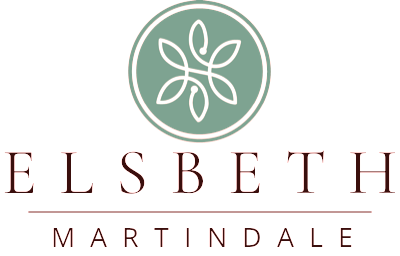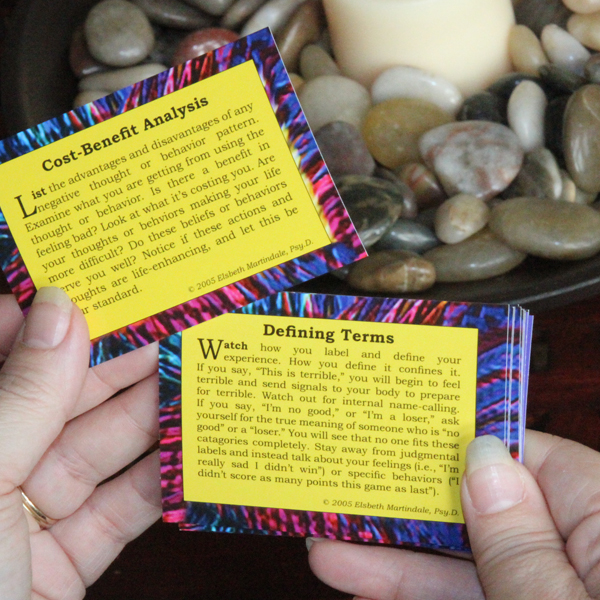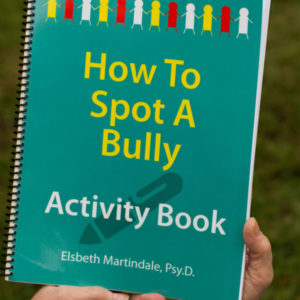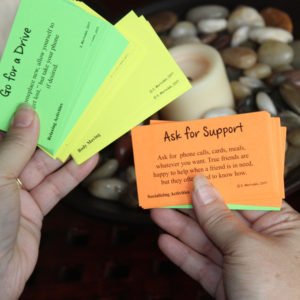Distorted Thinking Cards
$29.95
1. FREE SHIPPING (More Details)
2. A Hands-On Tool To Change Your Client’s Thinking Errors
3. A CBT Tool That Works For Every Therapist
4. Easily Teach Clients To Identify 15 Different Thinking Errors
5. Give Hope By Showing Easy Steps To Break The Distortion Habits
Testimonials:
"I found the Distorted Thinking Cards to be useful as a non-threatening and fun way to look at clients' beliefs and shift them. They are also a great tool for working with interns and enhancing personal CBT skills."
AJW, LCSW, San Jose, CA
A Hands-On Tool To Change Your Client’s Thinking Errors
Offer evidence-based treatment in a playful and engaging manner. Show your expertise at identifying and challenging distorted thinking. Keep clients interested and involved while you empower them to manage their cognitions effectively.
A CBT Tool That Works For Every Therapist
Let the cards help you teach the basics of effective psychotherapy. Show your clients what they need to know about rational thinking. Make psycho-education fun and engaging – for both you and your clients.
Easily Teach Clients To Identify 15 Different Thinking Errors
Offer bite-sized lessons on cognitive distortions. Your clients will “get it” when they see a visual demonstration of their frequently used patterns. Be confident your clients have been taught the essentials.
Give Hope By Showing Easy Steps To Break The Distortion Habits
Teach clients how to bring their thinking into rational balance. Offer a variety of distortion busting techniques to create a personalized set of options. Empower your clients to be successful.
How To Use The Cards
Read through the Distortion Builder Cards and identify which of the distorted thought patterns you are most likely to use. Lay them out according to how often you use a particular distorted thought pattern. If you are a frequent user of a particular pattern, put the card describing that distortion close to you.
If you use a particular cognitive distortion less frequently, put the card further away. Learn which patterns are more entrenched. Identify the circumstances when these patterns are most likely to be used.
Use Distortion Buster Cards to learn new skills for managing the common distorted thinking patterns. Practice the methods for busting the distortions regularly until the negative patterns of thinking are replaced by strategies that are life-enhancing.
Come up with real-life examples of when you use a Distortion Builder. Identify which Distortion Buster would be most effective in managing this pattern.
For a thorough examination of cognitive distortions and their fixes read, The Feeling Good Handbook: Using The New Mood Therapy In Everyday Life, by David Burns





